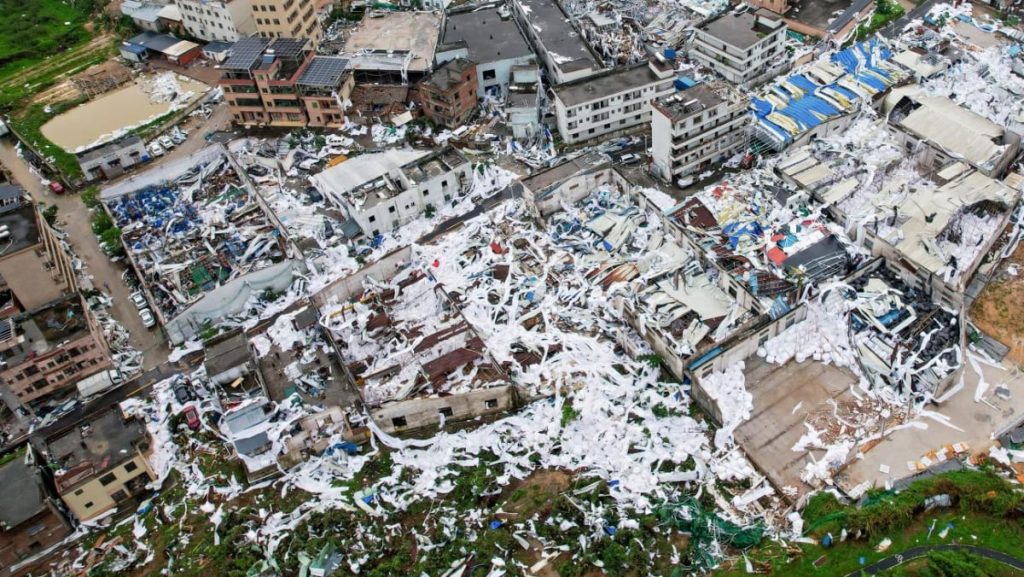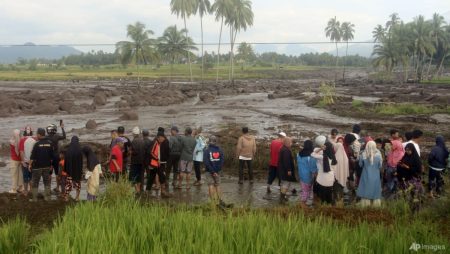level-five intensity. The storm caused widespread damage, uprooting trees, tearing off roofs, and causing power outages in various parts of the city. The sudden and violent weather caught residents by surprise, with many seeking shelter to avoid the destructive impact of the tornado and hailstorm. Emergency services were quickly mobilized to assist those affected by the severe weather, with rescue teams working to locate and assist those trapped in damaged buildings.
In addition to the casualties and injuries caused by the tornado, the storm also resulted in significant property damage throughout the city. Homes, businesses, and vehicles were destroyed or damaged by the powerful winds and hail, leaving many residents facing the challenge of rebuilding and recovering from the disaster. Local authorities initiated efforts to assess the extent of the damage and provide assistance to those in need, including temporary shelter, medical care, and support for recovery and reconstruction.
The tornado in Guangzhou served as a stark reminder of the destructive power of severe weather events and the importance of preparedness and response measures to mitigate their impact. In recent years, China has experienced an increase in extreme weather events, including typhoons, heavy rain, flooding, and tornadoes, which have caused significant damage and loss of life. The government has been working to improve disaster management capabilities, early warning systems, and emergency response mechanisms to better protect communities from the effects of natural disasters.
The tornado in Guangzhou highlighted the need for greater awareness and education about severe weather events and the importance of taking proactive measures to minimize risk and ensure safety. As climate change continues to fuel more frequent and intense weather events, it is crucial for individuals, communities, and governments to prioritize resilience and preparedness to protect lives and property from the impact of storms and other natural disasters. Public awareness campaigns, education initiatives, and community-based disaster preparedness programs can help empower individuals and communities to take action to reduce their vulnerability to extreme weather events.
In the aftermath of the tornado, cleanup and recovery efforts were underway in Guangzhou as residents and authorities worked together to assess the damage, clear debris, and restore essential services. The resilience and resourcefulness of the community were evident as individuals came together to support each other and rebuild in the face of adversity. The government and local authorities played a crucial role in coordinating relief efforts, providing support to those affected, and facilitating the restoration of normalcy in the city.
Moving forward, the tornado in Guangzhou serves as a critical opportunity for reflection, learning, and action to strengthen disaster preparedness and response capabilities in the face of increasing climate-related risks. By investing in infrastructure, early warning systems, emergency services, and community resilience initiatives, China and other at-risk regions can enhance their ability to withstand and recover from severe weather events. Collaboration between government, civil society, and private sector stakeholders is essential to build a more resilient and adaptive society that can effectively respond to the challenges posed by a changing climate and environment.















